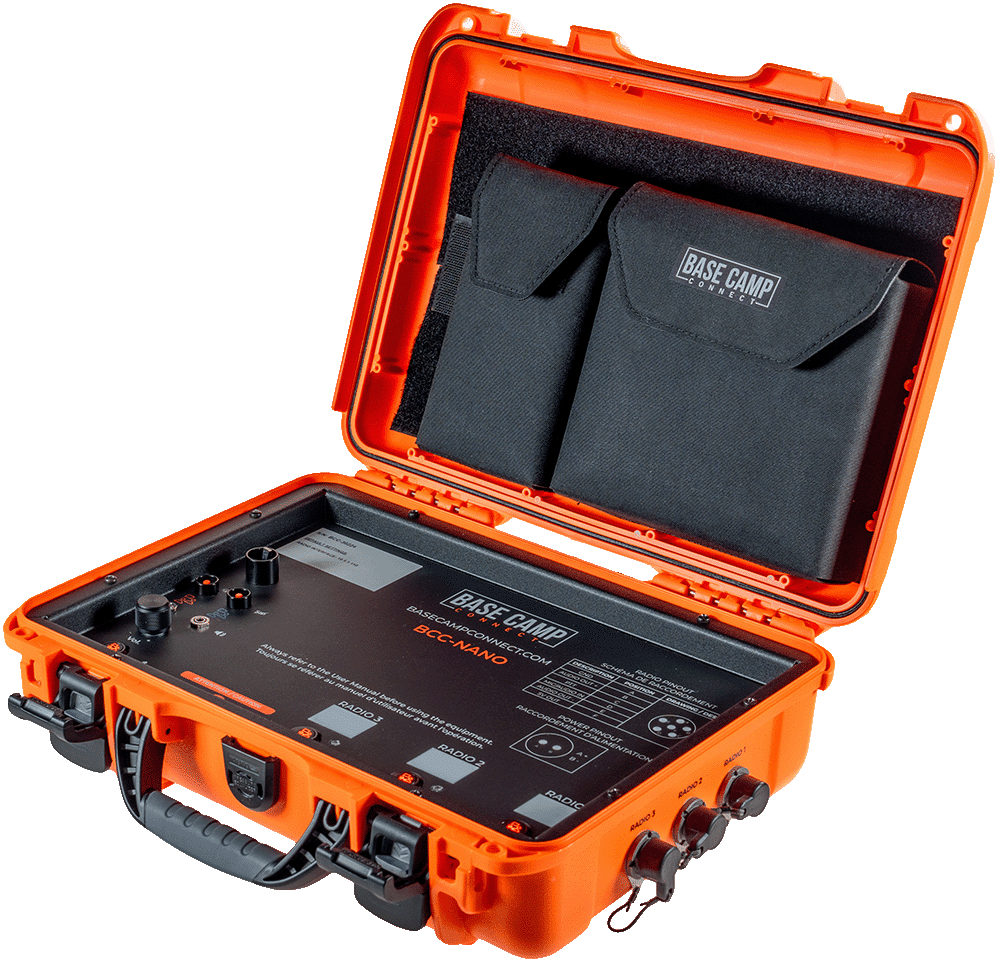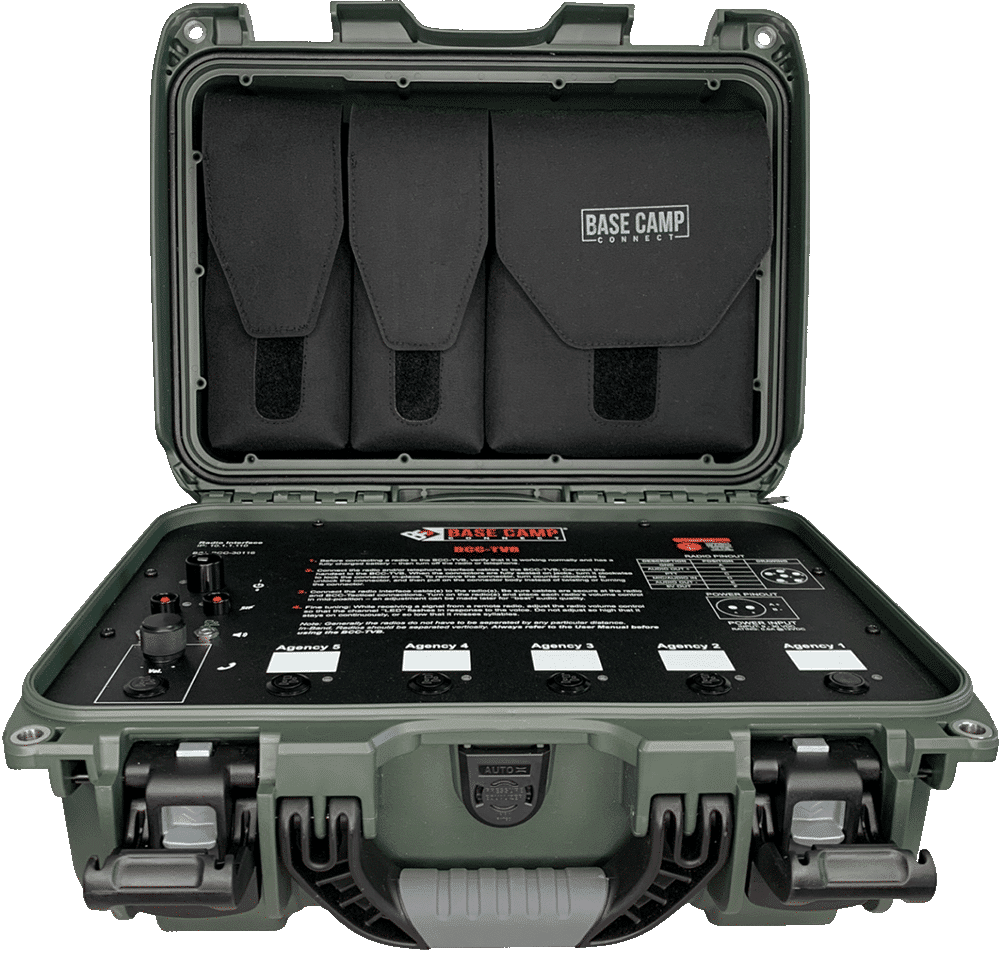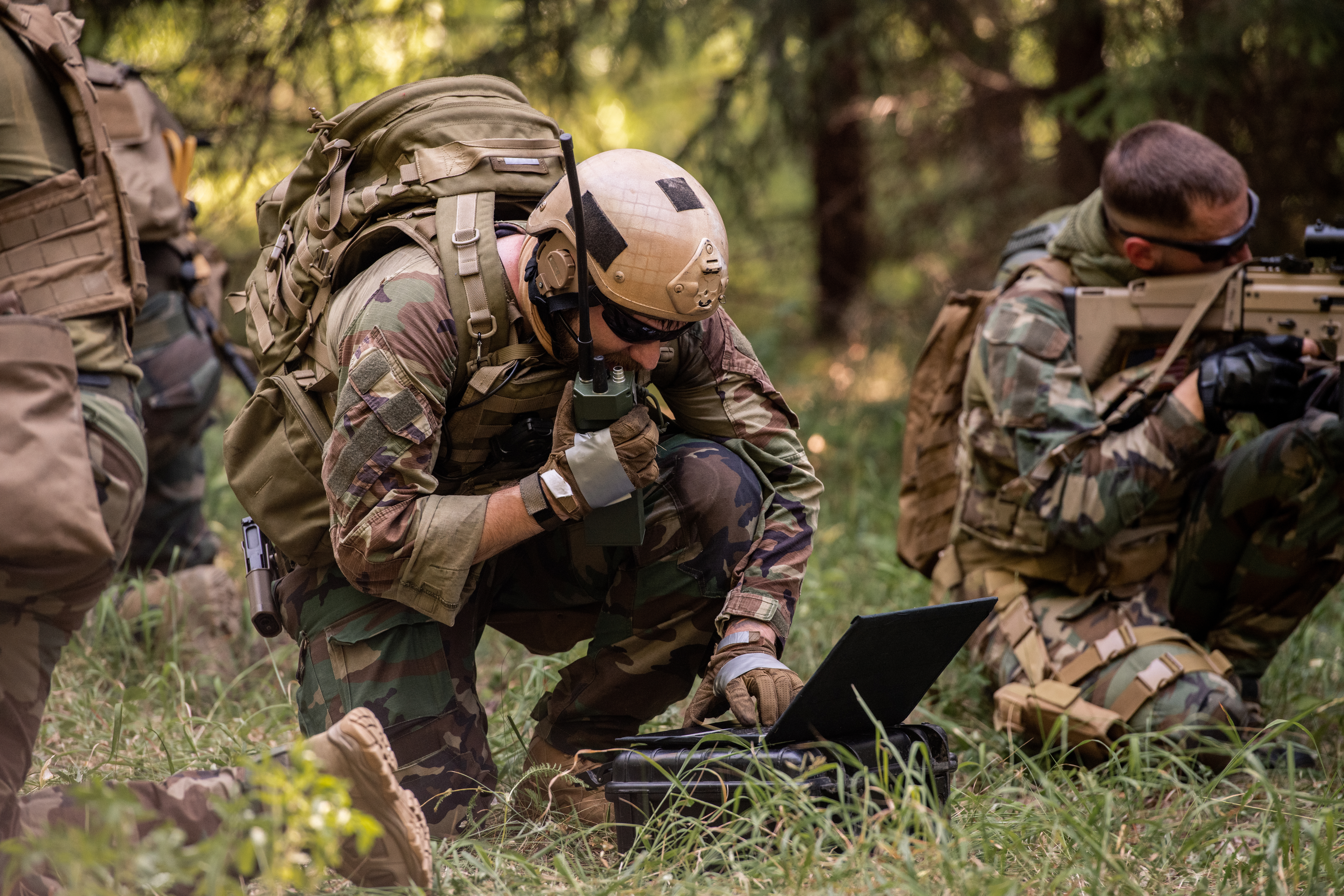As the world’s second-largest country by total land area, Canada is no stranger to wildfires. According to the National Forestry Department, Canada has an average of 8,000 fires annually, burning around 2.1 million hectares of land. That’s slightly more land than the entire country of Israel each year.
Heavily forested regions of the country are particularly vulnerable to wildfires. The damage done by these events affects Canadians in numerous ways. Climate change is causing wildfires to occur more often around the world, leading many experts to believe things will continue to get worse in the near future unless significant efforts are made to fight this threat.
The brave people who fight these fires put themselves in harm’s way, often against impossible odds. Thankfully, technology continues to advance fire science and provide more tools to help keep these professionals well-equipped and safe. Some technological advances are expensive, but the cost must be weighed against the overall impact of wildfires.
In order to have a greater appreciation for the technology helping to combat wildfires, it is helpful to have a greater understanding of the impacts of wildfires on Canada. Only then can one weigh out the costs versus benefits of each technology.
How Wildfires Impact Canada
The ecological impact of wildfires is the first and most obvious danger. In addition to burning trees, wildfires destroy other vegetation, habits, and animals, disrupting a region’s natural process and biodiversity. Without plants, soil erodes, affecting a region’s water quality and fertility. The effects of forest fires leave the land scarred for years to come.

The smoke from wildfires lowers air quality and releases pollutants into the atmosphere. Smoke can cause health concerns such as breathing problems. This is especially true for vulnerable populations like the sick and the elderly. The fine particulate matter and harmful gases in smoke can quickly lead to serious medical emergencies and possibly even the loss of life.
When wildfires start to grow out of control or move toward populated areas, evacuations may be necessary and can displace thousands of people. While these moves are needed to keep people safe, they disrupt people’s lives, cause enormous amounts of stress, and require additional resources to feed and house those that have been evacuated.
If a wildfire reaches structures, the economic impact can rapidly grow. Wildfires can destroy utilities such as powerlines, roads, buildings, and other structures. In addition to structural damage, timber production, pipelines, mining operations, tourism, and more can also suffer. It is not uncommon for the overall toll of wildfires to reach hundreds of millions or even billions of dollars annually in some countries.

Technologies Helping to Combat Wildfires
With such devasting impacts on the nation, every effort should be made to utilize technology that helps prevent and mitigate fires. Technology that helps address wildfires can be divided into two groups; those that help prevent wildfires and those that mitigate them as they occur.
Before wildfires occur, there are many useful tools to help prevent them. Four of the most promising technologies are the use of fire-resistant materials in buildings, fire behavior prediction models, Geographic Information Systems (GIS), and early warning systems.
Recent years have seen innovations in both fire-resistant building materials and fire-resistant coatings. Builders are also looking at designs to prevent fires from reaching structures, such as building firebreaks and landscaping with fire-resistant plants. By using materials less likely to burn and making structures more defensible, the survivability of structures in wildfires is increasing.
As tools such as Artificial Intelligence (AI) and more powerful computing platforms become available, fire behavior prediction models are becoming more valuable. These models use complex algorithms and data analysis to simulate how wildfires will behave in a number of different conditions. Variables such as weather conditions, fuel types, topography, and vegetation can all be programmed into the model.

By analyzing the simulation generated by the models, firefighters and planners can predict crucial factors such as the speed of the fire, the direction it will travel, how fast it will grow, and the likely location of hotspots. This knowledge can point out the areas of the most significant concern and show firefighting crews where best to position resources if a fire breaks out in the location. The models ultimately increase the effectiveness of wildfire response crews and keep communities safe.
GIS has been around since the 1960s. As computers became more powerful, the uses for GIS grew exponentially. If you aren’t familiar with GIS, it essentially takes massive amounts of data and makes it easier to digest through tools like maps. By combining spatial data and mapping software, GIS turns complex information into visual representations of the data.
With regard to wildfires, GIS can help analyze past fires, historical changes to terrain, and weather patterns. GIS products assist in fire modeling, risk assessment, and help with fire planning.
Sensors to detect heat, smoke, and other relevant environmental changes are being employed as early warning systems. Networks of sensors spread across regions with high fire risks have the capability to alert fire crews and planners as soon as a blaze begins. The earlier firefighters start to address a wildfire, the more likely they are to contain it before it causes significant damage.
Once a wildfire has broken out, other technologies must be used to contain and extinguish them. Four of the most interesting of these technologies are reliable communications gear, drones, remote sensing, and specialized firefighting aircraft.

Without reliable communication methods, fighting fires would be almost impossible. Firefighting crews must have communications equipment that allows various entities to talk across a wide range of channels. In large wildfires where numerous agencies, and possibly even international firefighting crews are utilized, equipment interoperability can become a problem. The best communications equipment addresses the issue of interoperability and is a critical component of fighting wildfires effectively.
Uncrewed Aerial Vehicles (UAVs), or drones, are a disruptive technology that has seen increased use in the last decade. Drones are excellent platforms for providing aerial overwatch, helping to direct crews out of harm’s way, and providing valuable information such as the location of hotspots.
Many firefighting agencies around the world are using drones in their operations. The relatively low cost of drones and the versatility of payloads drones can carry make them excellent tools for helping to fight wildfires.
Another helpful technology is satellite imagery. Some satellites are equipped with infrared sensors that can measure the heat levels of forest fires. This measurement is known as Fire Radiative Power (FRP). Using data collected on FRP, government agencies can determine fire characteristics such as the rate of speed the wildfire is moving and its intensity. Additionally, satellites that orbit the entire planet daily can provide images of fires and their smoke trails, all of which helps to address large-scale wildfires.

A final technology worth mentioning is firefighting aircraft. Aerial crewed assets are becoming more sophisticated. Planes and helicopters can dump water or extinguishing agents over fires, act as aerial observers, and rapidly deploy forces where they are needed.
Wildfires are a serious threat to Canada and the worldwide community. Climate change continues to cause hotter weather which, in turn, brings droughts followed by fires. As the occurrence and severity of these events become more frequent, it’s comforting to know that many technological advances are there to assist our firefighters. The stakes are high, but with the continued bravery and selflessness of firefighters and improved technology, our firefighting efforts should continue to grow stronger.




















